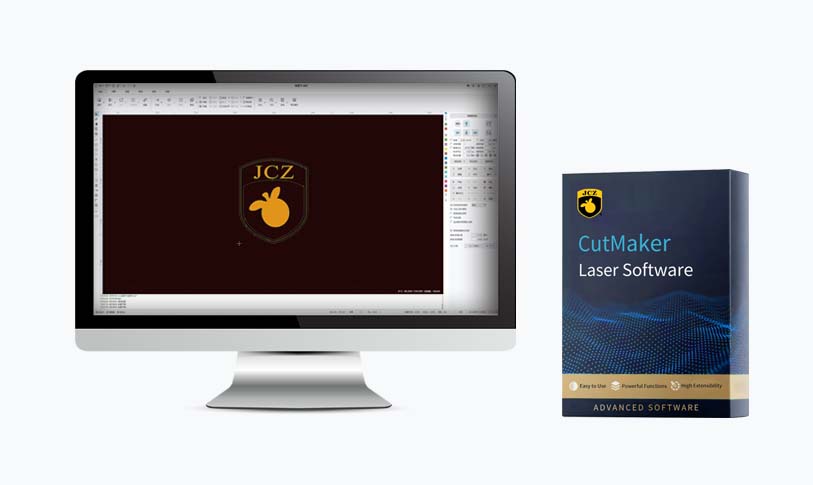[mini laser co2]The Evolution of Mini CO2 Lasers: Applications and Benefits in Modern Technology
News 2025-6-29
In recent years, mini CO2 lasers have become increasingly prevalent in various industries and applications. Their small size, efficiency, and precision make them a valuable tool for various tasks. In this article, we will explore the evolution of mini CO2 lasers, their applications, and the benefits they offer in modern technology.

The Evolution of Mini CO2 Lasers: Applications and Benefits in Modern Technology
Mini CO2 lasers are a type of gas laser that emits infrared light. The first mini CO2 lasers were developed in the late 1960s and early 1970s and have continued to evolve and improve over the years. With advances in technology, mini CO2 lasers have become more powerful, efficient, and compact, making them ideal for various applications.

The Evolution of Mini CO2 Lasers: Applications and Benefits in Modern Technology
Mini CO2 lasers are used in various industries and applications, including manufacturing, medical, and electronics. In manufacturing, mini CO2 lasers are used for cutting, welding, and engraving materials such as wood, metal, and plastic. In the medical field, they are used for surgical procedures, such as ophthalmology and dermatology. In electronics, mini CO2 lasers are used for precision marking and engraving on circuit boards and components.
Benefits of Mini CO2 Lasers in Modern Technology
There are several benefits of using mini CO2 lasers in modern technology. Firstly, their small size allows for easy integration into compact devices, making them suitable for portable applications. Secondly, mini CO2 lasers offer high precision and accuracy, which is crucial in manufacturing and medical fields. Thirdly, they are highly efficient and consume less power compared to other types of lasers. Lastly, mini CO2 lasers have a longer lifespan and require minimal maintenance, making them a cost-effective solution for various applications.
How Mini CO2 Lasers Work
Mini CO2 lasers generate infrared light through a process called stimulated emission. The laser gas (usually CO2) is excited by an electrical current, causing it to emit infrared light. This light is then amplified by the laser's optical cavity and directed towards the target material. The infrared light is absorbed by the material, causing it to heat up and either cut, weld, or engrave the material.

The Evolution of Mini CO2 Lasers: Applications and Benefits in Modern Technology
Mini CO2 lasers have revolutionized various industries and applications with their small size, efficiency, and precision. Their evolution has led to the development of more powerful and compact lasers that offer high precision and accuracy. The benefits of mini CO2 lasers in modern technology make them a valuable tool for various tasks, from manufacturing to medical procedures. As technology continues to advance, mini CO2 lasers will likely continue to evolve and improve, offering even more benefits in the future.